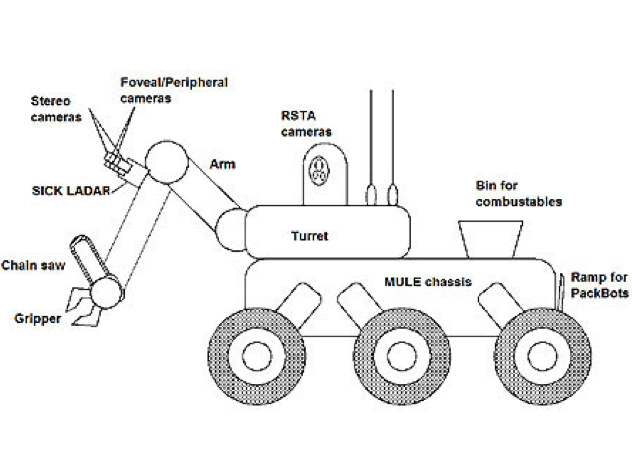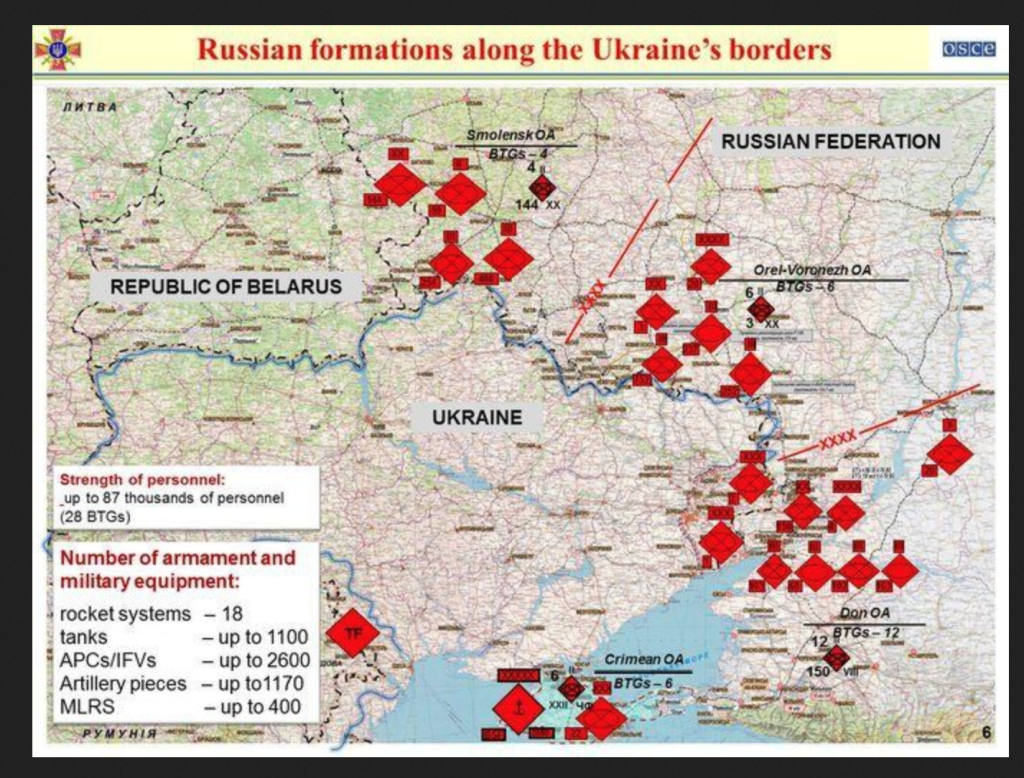
This is a classic. A while ago I wrote about a robot called EATR – an autonomous robot that wanders around the battlefield looking for bio-mass (i.e. vegetation) to turn into fuel, which in turn charges its batteries and those batteries belonging to human soldiers in the nearby area. Here’s how the company behind the machine describes it:
“An autonomous robotic platform able to perform long-range, long-endurance missions without the need for manual or conventional re-fueling, which would otherwise preclude the ability of the robot to perform such missions. The system obtains its energy by foraging – engaging in biologically-inspired, organism-like, energy-harvesting behavior which is the equivalent of eating. It can find, ingest, and extract energy from biomass in the environment (and other organically-based energy sources), as well as use conventional and alternative fuels (such as gasoline, heavy fuel, kerosene, diesel, propane, coal, cooking oil, and solar) when suitable. For example, about 150 lbs of vegetation could provide sufficient energy for 100 miles of driving, depending on circumstances.”
The only issue is, would dead bodies (or someone in a very heavy sleep) count as bio-mass? Also, check out the chainsaw in the illustration. Be afraid, be very afraid….

Illustration above from geekologie.com. Image to left from i09.
More at i09 Robot Zombies..










